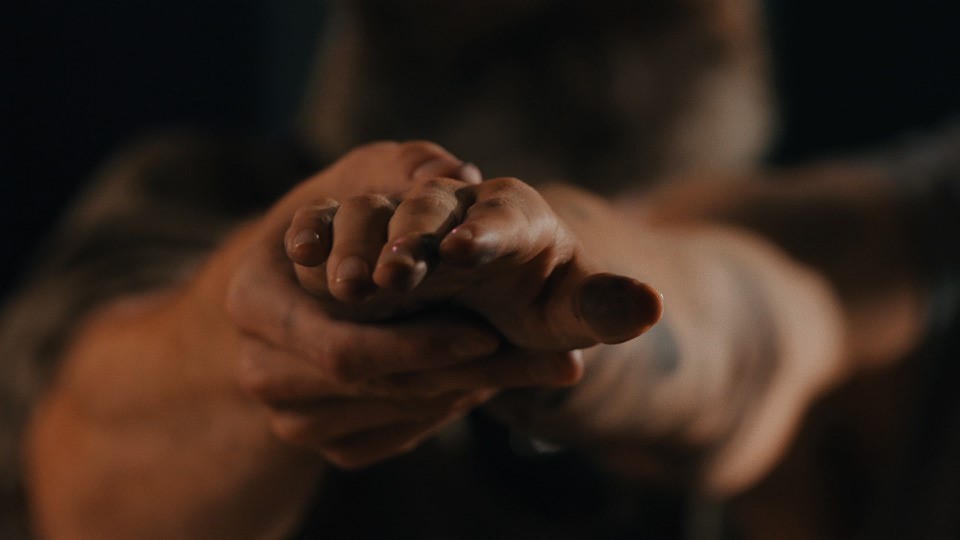Re-reading “Mourning and Militancy” and its Sources in 2022
by Theo Gordon In the opening paragraph of the chapter on disco in Before Pictures, Douglas Crimp writes of a folder of miscellaneous project papers he has kept from the 1970s, which includes an old, unpursued book proposal on the topic of contemporary art since Minimalism. Crimp was “pleasantly surprised” to discover reference to “the rubric of postmodernism” in this proposal, an indication that he had been thinking of art in such terms already in 1976.1 In a footnote he describes receiving an e-mail from “a British graduate student” asking how he came to use “postmodernist” to describe the artists in Pictures in the revised version of his 1977 catalogue essay, published in October in 1979:2 Since I hadn’t used that term in the original essay, he wondered, what had transpired in the meantime? When had I begun to think about postmodernism? Was it through my association with other October critics such as Craig Owens? Did I take the term from architectural discourse, where by 1978 it was used fairly regularly? I couldn’t remember.3 The old proposal reveals the gaps in …

